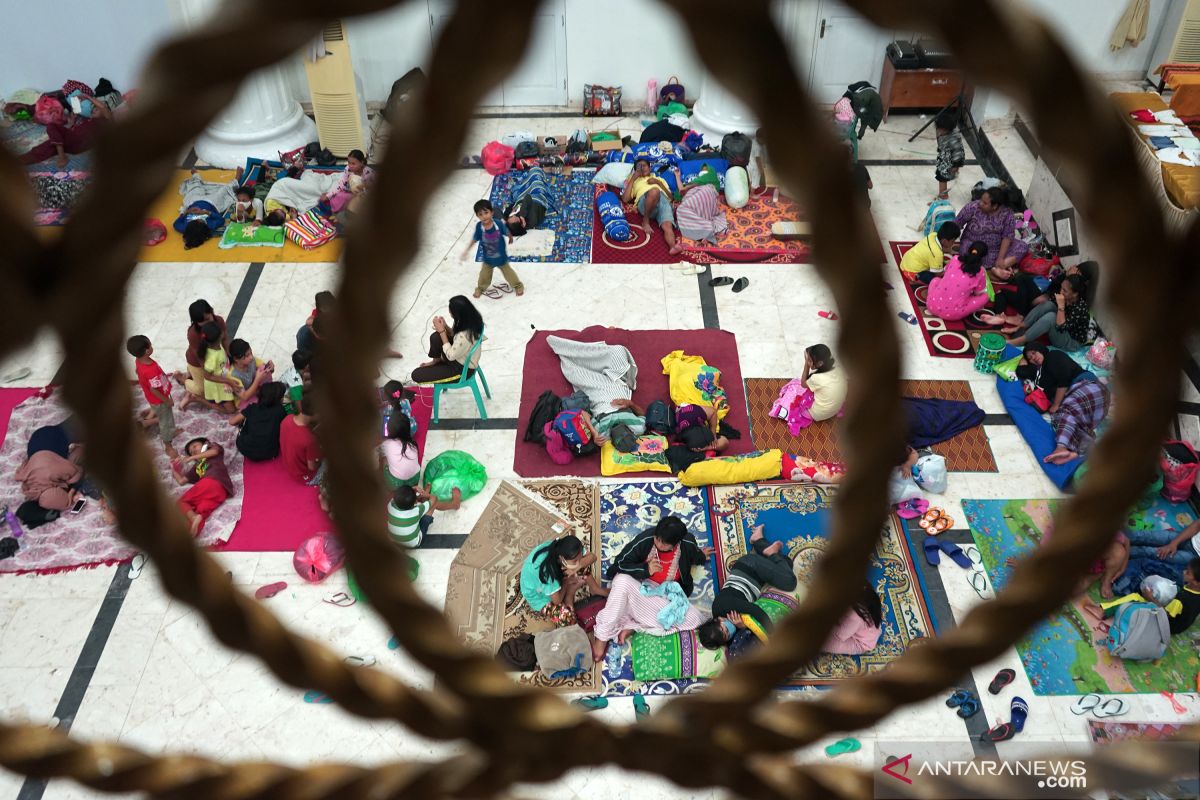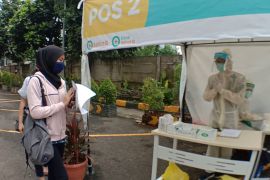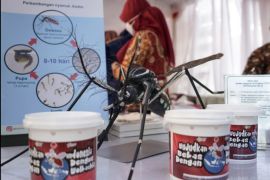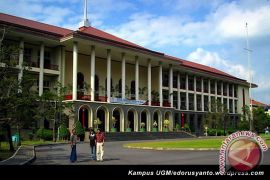The likelihood of novel coronavirus infection clusters arising in refugee shelters is high enoughYogyakarta (ANTARA) - An epidemiologist at the Gadjah Mada University (UGM) urged the Indonesian government to adopt precautionary measures to avert potential surfacing of new-fangled COVID-19 clusters at refugee shelters in areas prone to natural disasters.
"The likelihood of novel coronavirus infection clusters arising in refugee shelters is high enough," Citra Indriani, UGM's epidemiologist, noted in a statement that ANTARA received in Yogyakarta on Thursday.
Indriani contended that in the disaster zones, the numbers of displaced people often surpassed the capacity of temporary shelters readied for accommodating them, thereby making it challenging for the authorities to impose strict health protocols.
Furthermore, those affected by natural disasters would be giving more weightage to rescuing themselves rather than practicing preventive measures as mandated in the government's health protocols, Indriani stated.
In dealing with this challenging reality, the epidemiologist proposed that the government formulate a comprehensive map of areas prone to natural disasters and prepare for mitigation efforts to contain the airborne spread of COVID-19 in refugee shelters.
The transmission of COVID-19 continues unabated in Indonesia while concurrently, it is difficult to implement preventive measures at refugee shelters, such as wearing recommended face masks, washing hands, and maintaining social and physical distancing.
The virus causing COVID-19 spreads primarily through small droplets from infected people and also through contact with contaminated surfaces of goods. However, reports had yet to be received on the waterborne spread of COVID-19.
Various parts of Indonesia, including West Java Province, are prone to natural disasters, such as earthquakes, flooding, and landslides.
At least 1,039 natural disasters were reported in various parts of West Java and affected 768,319 residents between January and August 2020, according to the province's Disaster Mitigation Agency (BPBD).
Most catastrophes were hydrological disasters, such as flooding and landslides, the agency's head, Dani Ramdan, stated on Sept 3.
Of the hydrological disasters, 521 were landslides, he remarked, adding that BPBD officials undertook prevention and mitigation efforts by applying all necessary measures mandated in the government-set health protocols.
The health protocols were prepared in areas prone to hydrological disasters, such as the northern coast of West Java, Bekasi, Subang, Karawang, Tasikmalaya, and Bandung, to thwart the spread of COVID-19, Ramdan revealed.
Health protocols were enforced when the agency's officials assisted residents acutely impacted by flooding in the southern areas of Bandung last April, he remarked.
In addition to hydrological disasters, West Java is prone to earthquakes. On August 24, 2020, for instance, a 5.2-magnitude earthquake had rocked Pangandaran District.
Related news: Satpol PP sanctions 31,787 PSBB violators in South Jakarta
Related news: East Jakarta's 9 companies face three-day closure over PSBB violation
EDITED BY INE
Translator: Luqman H, Rahmad Nasution
Editor: Fardah Assegaf
Copyright © ANTARA 2020









